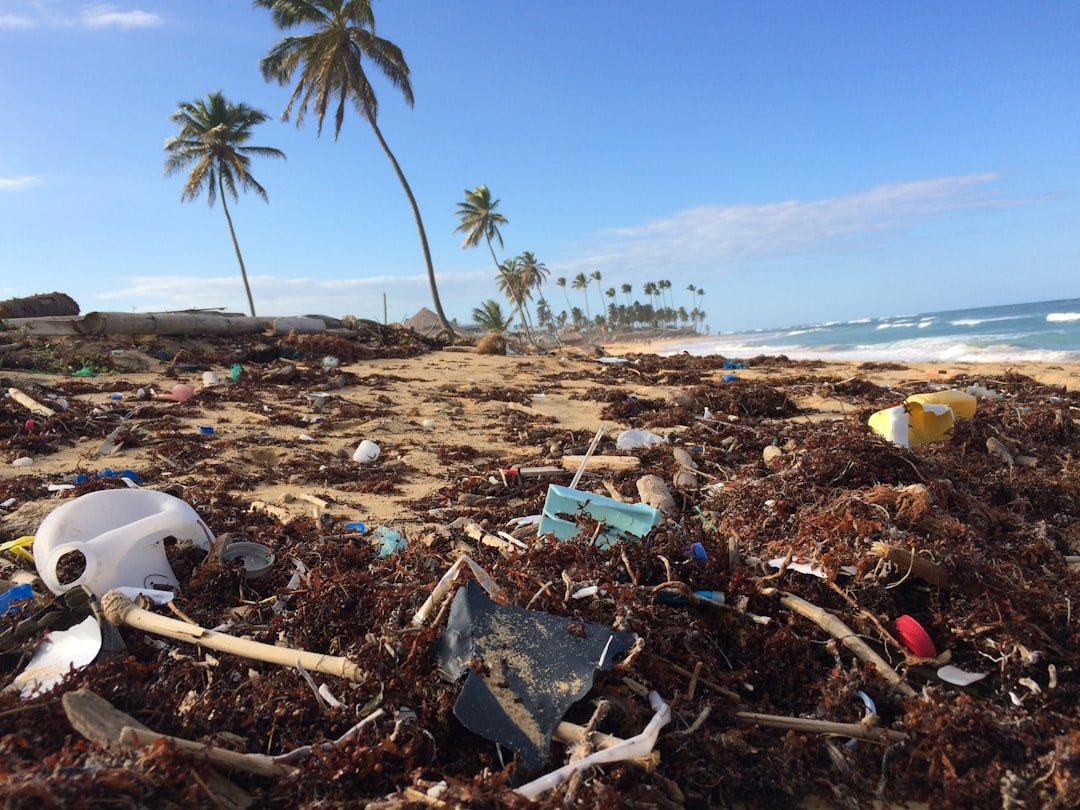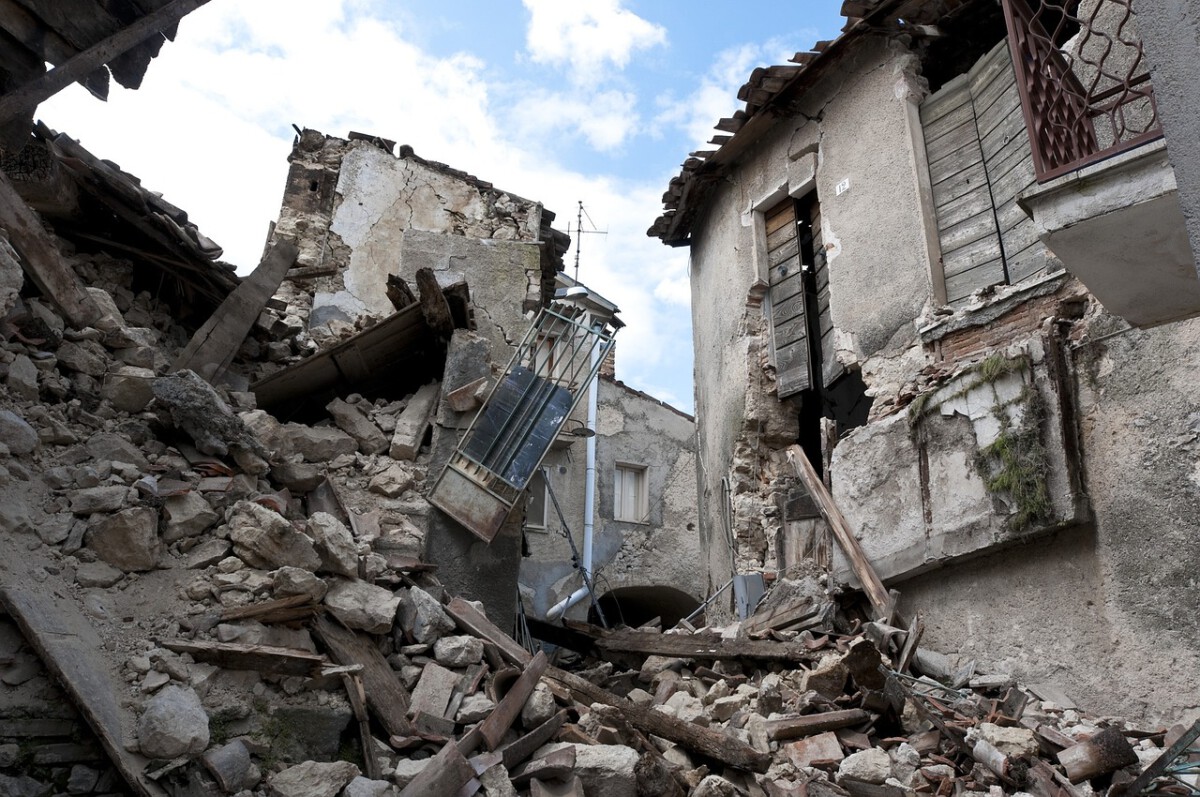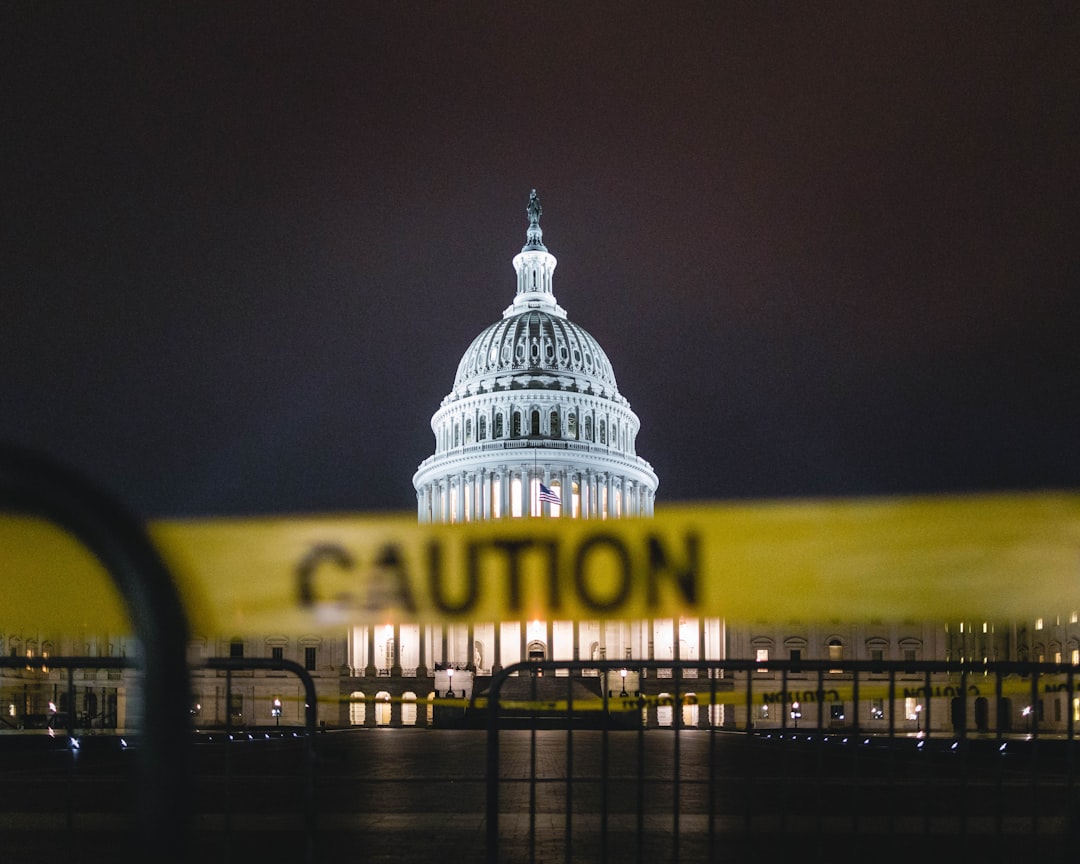Thailand: Environmental Concerns on the Rise

Thailand’s famous shores, like those of Phuket and Koh Phi Phi, have become almost synonymous with paradise. Yet, the island’s beauty is under threat. In 2023, Thai officials reported a staggering 30% bump in tourist arrivals over previous years, driving up the pressure on fragile coral reefs and pristine beaches. Local conservationists are raising alarms as plastic waste, water shortages, and habitat loss spike in tourist hotspots. The government has already closed Maya Bay for extended periods to allow the environment to recover, and talks of stricter bans are gaining momentum. With the ecosystem hanging in the balance, the Thai Ministry of Tourism is considering annual caps on visitors and even temporary bans during high-impact seasons. If the current trends persist, it’s not unrealistic to imagine certain Thai beaches or islands becoming off-limits to tourists in the near future. The push for preservation is louder than ever, as the country weighs economic benefits against ecological survival.
Venice, Italy: Overtourism Crisis Escalates

Venice’s winding canals and historic piazzas have drawn crowds for centuries, but 2024 shattered all previous records, with over 30 million visitors flooding the city. This crush of people has outstripped local resources, strained waste systems, and left Venetians feeling like extras in their own city. The famous St. Mark’s Square has become so congested that, during peak periods, movement slows to a crawl. In response, city officials are weighing a range of tough measures, including steep entrance fees, strict daily visitor caps, and even outright bans during peak months. The city’s fragile foundation, threatened by the weight of so many feet, is part of what’s driving these discussions. Locals have staged protests, holding up signs that read, “Venice is not a theme park.” As 2025 approaches, the talk is no longer just about managing tourism, but about survival—Venetians are making it clear that drastic changes could come at any moment.
Barcelona, Spain: Local Backlash Reaches Boiling Point

Barcelona’s charm is undeniable, but so is the frustration of its residents. The city welcomed 12 million tourists in 2023, and the impact has rippled through neighborhoods like the Gothic Quarter and La Rambla. Rents have soared, local shops have given way to souvenir stands, and daily life has become a maze of selfie sticks and rolling suitcases. The city council has already begun limiting new hotel licenses and is mulling further restrictions, including possible bans on short-term rentals and even seasonal closure of certain attractions. Protests have erupted, with graffiti demanding “Tourists go home.” The balance between welcoming visitors and maintaining a livable city has tipped, and the local government is under pressure to act decisively. As the debate rages, Barcelona edges closer to banning tourists from its most crowded corners, especially during the busy summer months.
Bali, Indonesia: Cultural and Environmental Pressures

Bali’s emerald rice paddies and sacred temples have made it a bucket-list destination. Yet, the island is buckling under the weight of 6 million annual visitors, as reported in 2024. Local leaders warn that mass tourism is eroding Balinese traditions and overwhelming natural resources. Rivers clogged with trash, traffic gridlock, and overbuilt resorts are now everyday realities. In response, the provincial government is discussing drastic steps—like capping arrivals, increasing tourist taxes, and even closing access to certain cultural sites at high season. Balinese community leaders are vocal about preserving their way of life, and environmentalists note that water shortages are reaching crisis levels. The threat of a tourist ban is no longer just talk; it’s seen as a real tool to protect both culture and nature. The next few years could bring major changes, as Bali seeks to reclaim its identity from the relentless march of tourism.
Machu Picchu, Peru: Struggling to Preserve History

Machu Picchu’s ancient terraces and misty peaks draw travelers from around the world, but the sheer volume of visitors—1.5 million in 2023, according to the Peruvian government—has caused significant wear and tear. Pathways are eroding, and officials worry about structural damage to this UNESCO World Heritage site. To combat these issues, Peru has already experimented with timed entry tickets and daily limits. Now, authorities are openly contemplating periods of complete closure to allow for restoration, especially during the rainy season. There’s talk of expanding the “buffer zone,” further restricting access to protect the surrounding environment. These moves reflect a growing realization that Machu Picchu’s future depends on putting preservation above profit. The government faces a tough balancing act, but the possibility of a tourist ban looms if the site’s integrity is to be maintained.
Dubrovnik, Croatia: Battling “Game of Thrones” Fame

Dubrovnik’s medieval walls and red-tiled roofs have long attracted visitors, but the city’s role in “Game of Thrones” has pushed tourism into overdrive. In 2023, more than 4 million tourists passed through the city gates, overwhelming streets that were never designed for such crowds. Local officials have introduced daily visitor limits and staggered cruise ship arrivals, but the pressure persists. Residents complain of rising costs and a loss of local character, while UNESCO has warned that the city’s World Heritage status is at risk. In response, the mayor has floated the idea of a full ban during the hottest months, when the city is bursting at the seams. There’s growing consensus that drastic measures may be necessary to keep Dubrovnik from becoming a victim of its own success.
Santorini, Greece: Sustainability in Jeopardy

Santorini’s whitewashed buildings and blue-domed churches are icons of Greek tourism, but the island is showing signs of strain. Nearly 2 million visitors arrived in 2024, crowding its narrow streets and putting immense pressure on water and waste systems. The local government is actively considering a ban on cruise ships during the high season, along with new reservation systems for popular sites like Oia and Fira. Residents and business owners are divided—while tourism is the lifeblood of the economy, many say the island’s unique charm is at risk of disappearing forever. Environmental groups warn that unchecked visitor numbers could lead to irreversible damage. The debate is intensifying as Santorini searches for a way to balance prosperity with preservation, and a tourist ban is firmly on the table.
Amsterdam, Netherlands: Residents Demand Change

Amsterdam’s canals and vibrant nightlife have long drawn crowds, but 2023 saw more than 20 million visitors, sparking an outcry from locals. The Red Light District and popular museum quarters are especially hard-hit, with some residents reporting that daily life feels impossible amid the onslaught of tourists. City officials have started moving forward with plans to restrict tourist access to certain neighborhoods and even close off iconic sites during peak hours. Proposals for higher tourist taxes and bans on new hotels are also under review. The mood in the city is shifting, with many arguing that the soul of Amsterdam is at stake. As frustration mounts, a tourist ban in specific areas seems increasingly likely, particularly if visitor numbers continue their upward climb.
Galapagos Islands, Ecuador: Conservation First

The Galapagos Islands are a living laboratory of evolution, but their delicate ecosystems are at risk from a surge in tourism. In 2024, over 300,000 people visited, setting a new record and raising alarms among conservationists. The Ecuadorian government has already implemented strict controls, such as mandatory guides and designated visitor sites, but is now considering outright bans in the most sensitive areas. Local scientists warn that even small increases in tourism can have outsized impacts on native species. The push for stronger restrictions reflects the islands’ unique status as a global treasure. Officials are adamant that conservation must come first, and a partial or seasonal tourist ban is being seriously discussed to ensure the long-term survival of the Galapagos.
Kyoto, Japan: Safeguarding Tradition

Kyoto’s ancient temples, tranquil gardens, and geisha districts have always been magnets for travelers seeking an authentic taste of Japan. But the city’s popularity has exploded, with over 10 million visitors in 2023 alone. Locals are worried that the crush of tourists is putting centuries-old wooden buildings and delicate gardens at risk. The city government is exploring a mix of solutions, including caps on group tours and even seasonal bans for the busiest attractions. Discussions are ongoing about restricting access to geisha districts during peak hours to preserve their unique atmosphere. Preservationists argue that without strong action, Kyoto’s unique cultural legacy could be lost. The idea of a tourist ban is gaining traction as the city looks for ways to protect its heritage for future generations.








